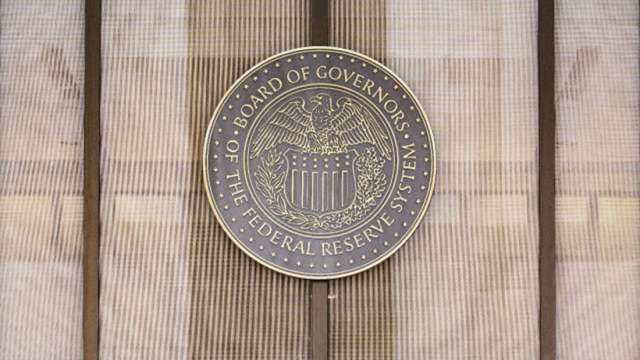The Federal Reserve’s “Financial Stability Report” released on Friday (4th) pointed out that the biggest short-term risk to the US economy is persistent high inflation and raised other potential risks, including the risk of a sharp drop in US home prices, and the US bond market has been sluggish in recent months and the “friction” in US debt trading is on the rise right now.
The Fed listed several liquidity risks respondents believe the financial system may encounter in the report, including high inflation and monetary tightening, the Russian-Ukrainian war, market liquidity pressures and volatility, rising energy prices and conflicts in the Taiwan Strait.
Among them, market liquidity pressures and volatility were not listed as financial stability risks in May of this year, and the percentage of respondents who view the Taiwan Strait conflict as a potential risk increased significantly compared to that. six months ago.
According to the Financial Stability Report, the Fed believes that US house prices have continued to rise in recent years under the support of ultra-low interest rates and there is a risk of a steep decline. “As valuations are at high levels, housing prices can be particularly sensitive to shocks.”
The Fed said that although house prices in the United States have recently fallen since the start of interest rate hikes, valuations remain high for some indicators such as rents.
In addition to the real estate market, the Fed also warned of illiquidity in some key financial markets, such as US Treasuries.
US Treasuries begin to experience liquidity pressures in May
The Fed has drastically raised interest rates since March in an effort to quell inflation, with the aim of cooling consumer demand and thereby limiting price increases without sending the economy into a painful recession or triggering a crisis. financial. But since May, US 2- and 10-year yields have both surpassed 4%, the highest levels since 2008, and a liquidity gap in the bond market is evident.
“Liquidity indicators, such as market depth, suggest that liquidity in the US Treasury market remains below historical levels. Low liquidity reinforces asset price volatility which could ultimately harm the functioning of the market.” states the financial stability report.

The report also states that liquidity concerns may lead some financial intermediaries to use securities as collateral to meet higher funding risks, and this potential ripple effect will exacerbate financial stability risks.
However, market participants have so far been unable to meet margin calls. Authorities such as the US Treasury Department have also taken action to improve the resilience of the US Treasury market and are expected to publish a progress report soon.
“In today’s context of synchronized and rapid tightening of global monetary policy, the high inflation and uncertainty associated with the pandemic, coupled with war-induced shocks could widen loopholes, including liquidity pressures in major financial markets or an invisible lever. “.

